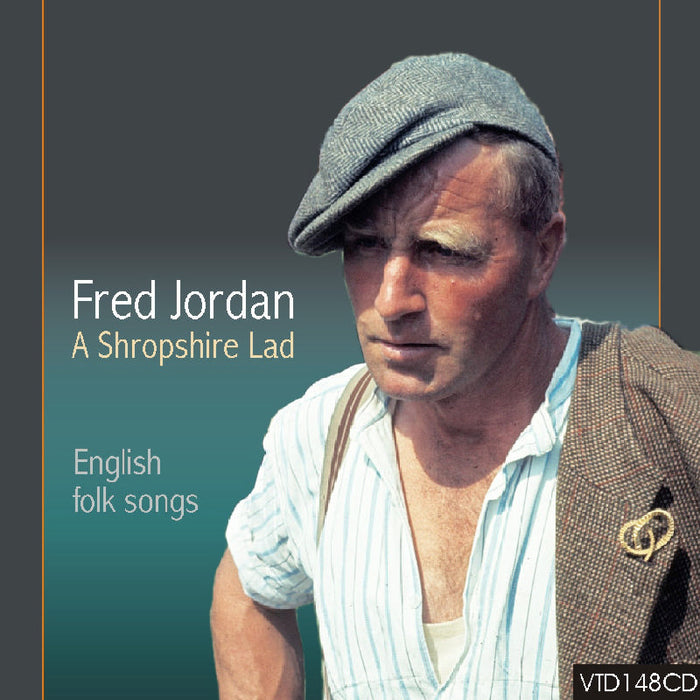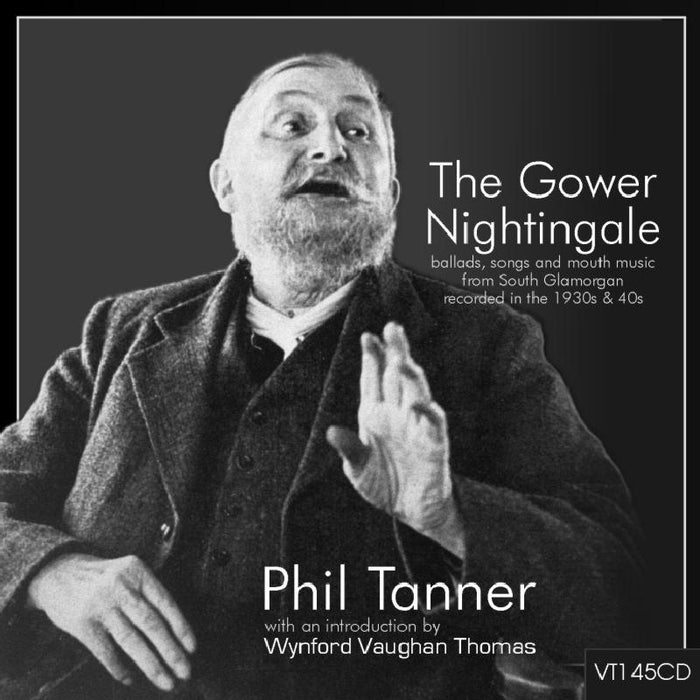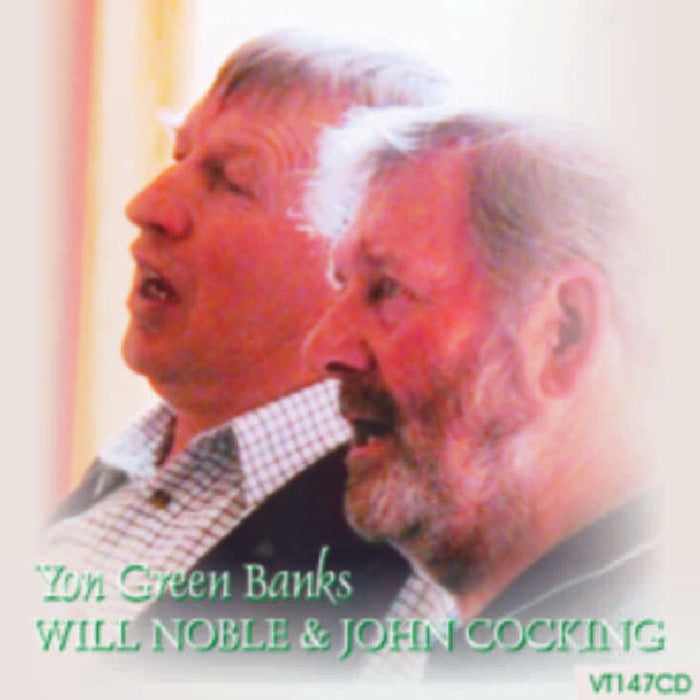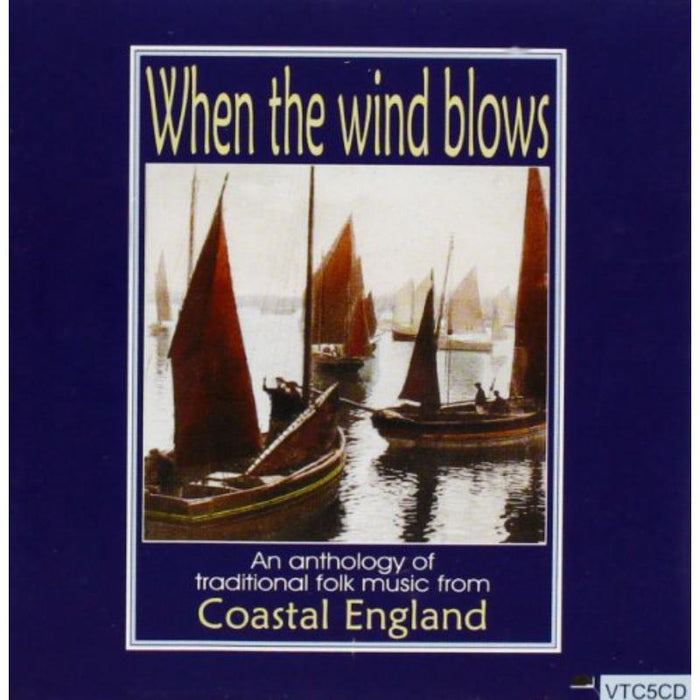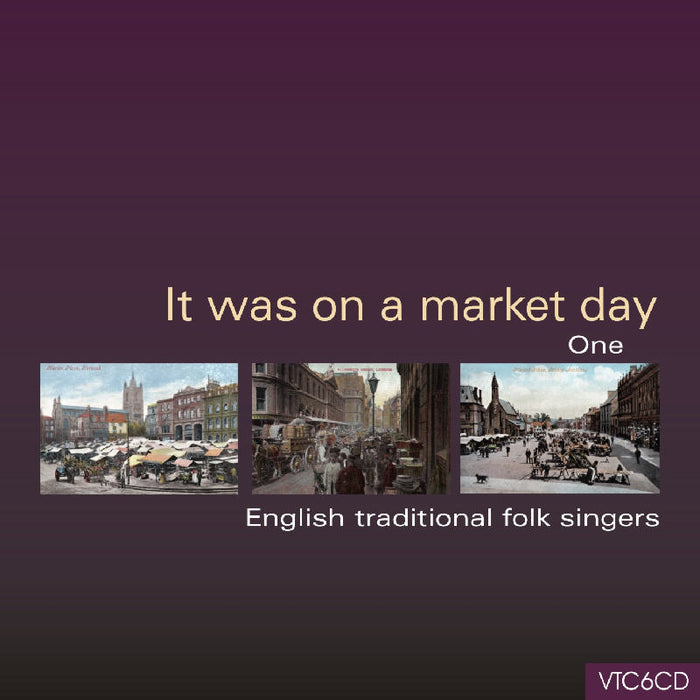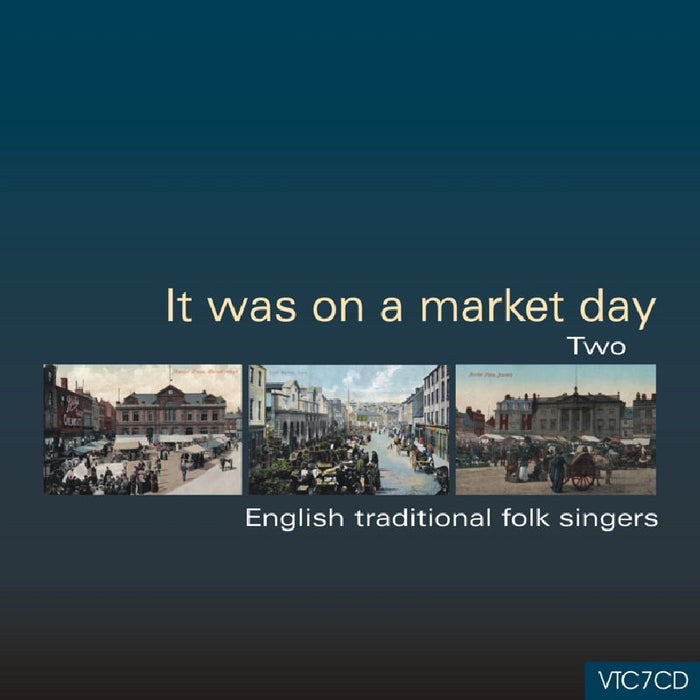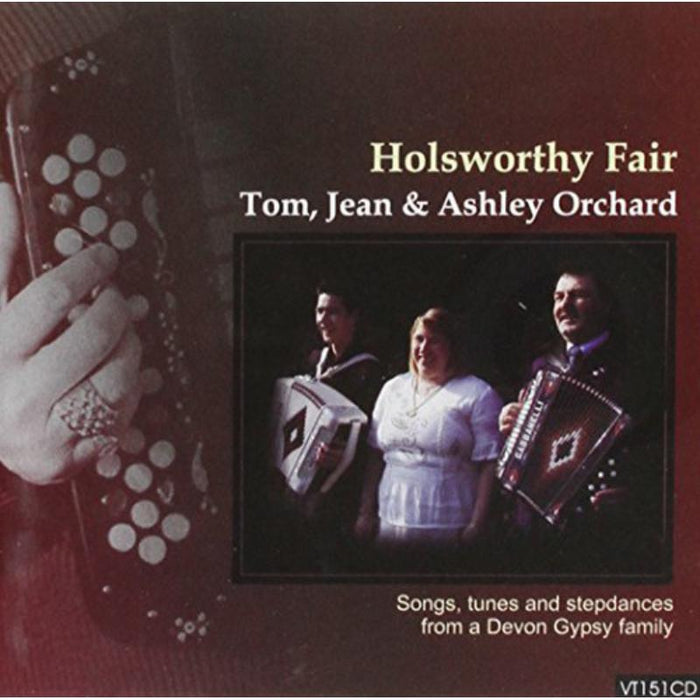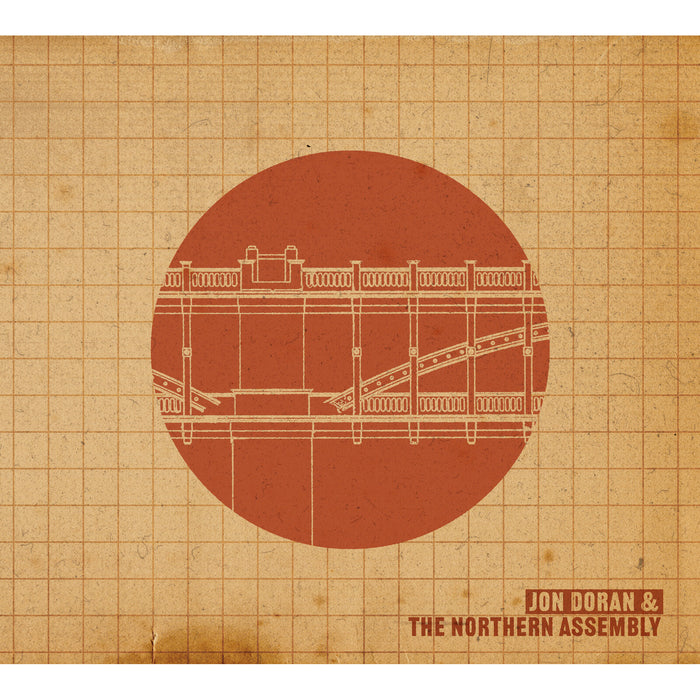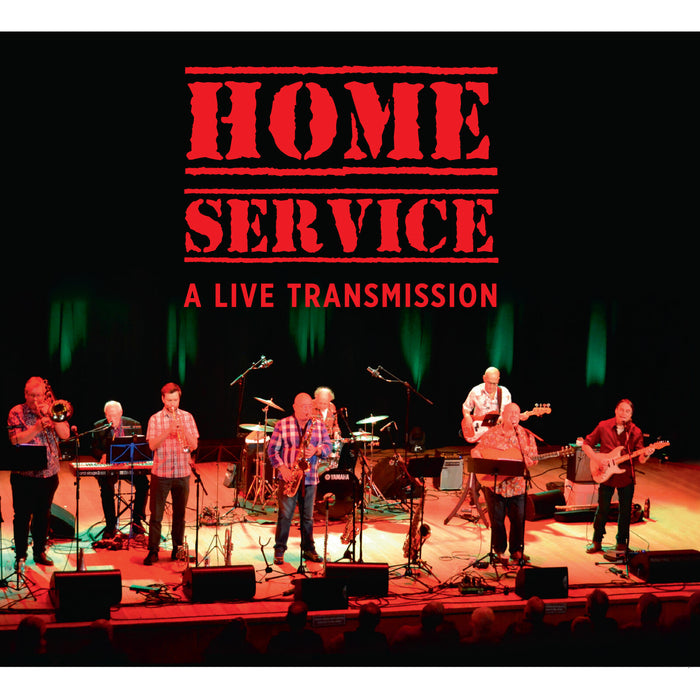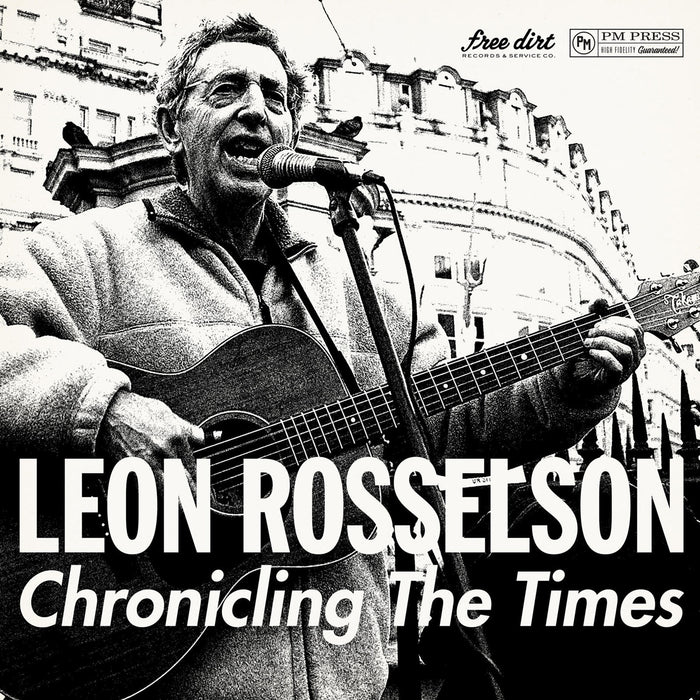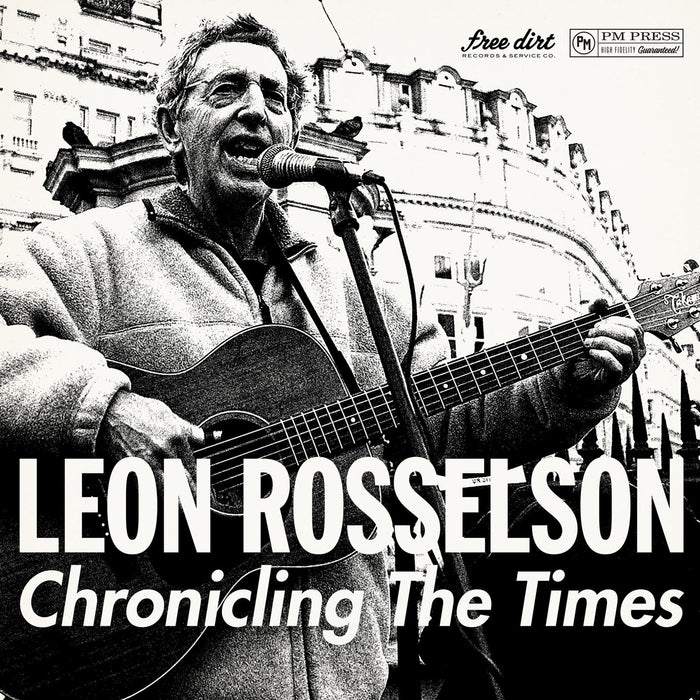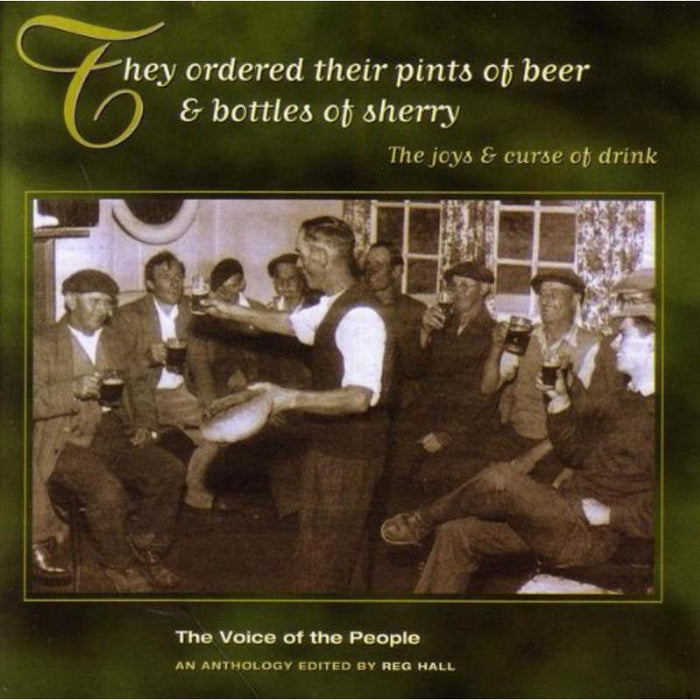Description
There have probably been more dulcimer players and makers in East Anglia than in any other area of England. In this region it was called just a dulcimer, not a 'hammered' dulcimer as it is known in America, to distinguish it from the hourglass shaped Appalachian dulcimer.
In East Anglia the old players used cane beaters, typically wound with wool and their instruments were often highly decorated with an integral hinged stand to enable them to be played on a table. The other distinguishing feature of the East Anglian dulcimer is that the bridges are individual not continuous as in other traditions. These, often called 'chessman' bridges, allowed for a more chromatic tuning, as some could be moved to the left or right.
Interest in the dulcimer was at its peak in East Anglia from around 1850 to 1930. The demand for instruments provided work for both skilled instrument makers and jobbing carpenters and also encouraged home-made creations.
Here we have nine players from Norfolk, Suffolk and Essex, each with their own style of playing and level of skill, but all of whom were part of this vibrant living tradition, although some thought that they were the only one still playing - hence the title of this album.


